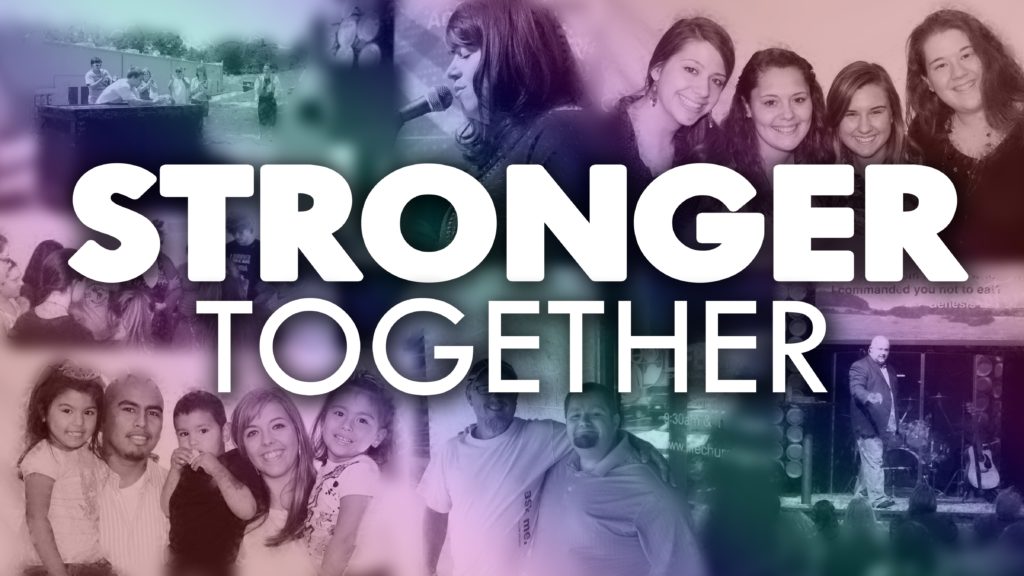The Gift of Shared Purpose
0 comment
Over the course of decades of studying and observing leadership, one of the questions that has nagged at me is why the military produces a disproportionate number of great leaders who leave the military and go on to successful careers in other walks of life, while the nonprofit sector does not. It is one of the questions I always pose in both my nonprofit professional development leadership and graduate classes.

Early on, I was puzzled by the fact that while both sets of leaders are given the exact same tool, but military leaders excel over nonprofit leaders in using it well. That tool is a shared purpose. Yes, the military has an exceedingly compelling shared purpose: safeguarding democracy and our country.
Adding to the enforcement of this shared purpose, military leaders must convince people to be willing to lay down their lives to see that shared purpose through to the end. Fortunately, not everyone in the military is actually called upon to make this sacrifice, but everyone understands that giving up their life to protect others may be necessary. Despite the possibility of this immense sacrifice, military leaders get their subordinates to fall in line and work together for the achievement of that shared purpose.
In contrast, nonprofit leaders have a much easier sell with their shared mission, as none requires the promise to sacrifice life and limb for its fulfillment. Notwithstanding this, they too often fail to achieve the organizational benefits that come from support of a shared purpose, and too few become hailed as great leaders.
Nonprofit leaders are handed a ready-made shared purpose: the organization’s mission. And while it is true that there are those who work at a nonprofit because it is a job rather than because of the particular mission, it still seems to hold true that the vast majority of nonprofit employees work where they do because of the specific mission of their organization. Talk about a shared purpose served up on a silver platter.
And, yet, too few leaders capitalize on this ready-made rallying cry for energizing and melding the whole, allowing, instead, for their organizations to operate in silos, where programs are, directly or indirectly, pitted against another, and transparency is almost a dirty word. These leaders squander the gift of shared purpose and its vast potential.
While that certainly could be one reason why the nonprofit sector doesn’t produce the number of leaders it should, a colleague recently pointed out to me two other related, reasons why this might be the case. First, he noted, our sector doesn’t talk about leadership enough (or even at all).
We presume people understand what leadership is, what the difference between managers and leaders and we fail to recognize the work that goes into nurturing superior leaders.
The five federal military academies are all dedicated to providing a focused, rigorous education for their future leaders. Everyone who attends one of these academies does so with the expectation that s/he will become a leader in that branch. In other words, they are very intentionally selected and schooled to be the leaders of their sector. The fact that they end up being leaders beyond that sector is more than serendipity. While it is true that there are more graduate programs in the field of nonprofits than ever before, some are said to be about management, others are said to be about leadership, but too many seem to be geared to giving the students the tactics of a nonprofit. But tactics alone do not great leaders make.
My colleague pointed out something else that is prominent in the military and sorely lacking in the nonprofit sector is the expectation that you either deliver or you’re out. Earlier I noted that everyone who attends a military leadership academy expects to become a leader in that branch, with the understanding that if they don’t cut it, they will be gone.
That is as clear a part of their culture as is protecting American democracy. Sadly, that understanding is missing in the nonprofit sector. In fact, we tend to wait to see how close to disaster—or death—a poor leader can take the organization/program and then, almost reluctantly, the board or the executive director (depending on the position) will step in and do what must be done. It is what should have been done quite a while before. Why is it that donors get upset if a nonprofit spends 35 cents of every dollar on overhead costs but doesn’t bat an eye when hundreds of thousands of dollars are wasted over years paying ineffective leaders?
Maybe I’ve been thinking too hard about my question and the answer is really simple. Perhaps if we, as a sector, do a better job of educating our leaders—helping them to appreciate the importance of using our shared purposes to build strong group and individual allegiance, to think about the responsibilities leadership has for, and to, others and to understand that success hinges upon the strength of the leaders, we just might create great leaders for the sector and the world at large. Imagine what would happen then.
The opinions expressed in Nonprofit University Blog are those of writer and do not necessarily reflect the opinion of La Salle University or any other institution or individual.
